Is Wind Energy Reliable?
Wind is an intermittent source of energy, meaning that wind turbines only produce electricity when the wind is blowing at sufficient speeds. Therefore, a wind farm operator cannot guarantee how much electricity, if any, the facility will generate at a particular time. For this reason, New York State has implemented a number of system and operating practices to accommodate the growth of wind energy, including one of the nation’s first centralized wind forecasting systems, which provides power grid operators with an advance estimate of how much wind energy to expect.
No wind forecast can be 100% accurate. However, the electric grid is designed to quickly compensate for fluctuations in both electricity generation and in demand. Grid operators keep “operating reserves” (backup generators) ready in case demand should spike or a generator should go off-line suddenly. In 2010, the New York State Independent System Operator (NYISO), the company that manages the state’s electric grid, determined that the grid can take on an additional 8,000 MW of wind-generated electricity by 2018, with no increase in operating reserves, and continue to provide reliable service to customers.
How Well-established is Wind Energy Technology?
Commercial wind farms have been in existence for over 35 years. The world’s first commercial scale wind turbine (1 MW) was built and connected to the grid in Vermont in 1941. In the 1970’s NASA began research into large-scale commercial turbines and installed 13 experimental units in Ohio. In 1980, the world’s first commercial wind farm, consisting of 20 turbines was installed in New Hampshire. Today, every state in the United States has an operational wind energy project, a wind-related manufacturing facility, or both.
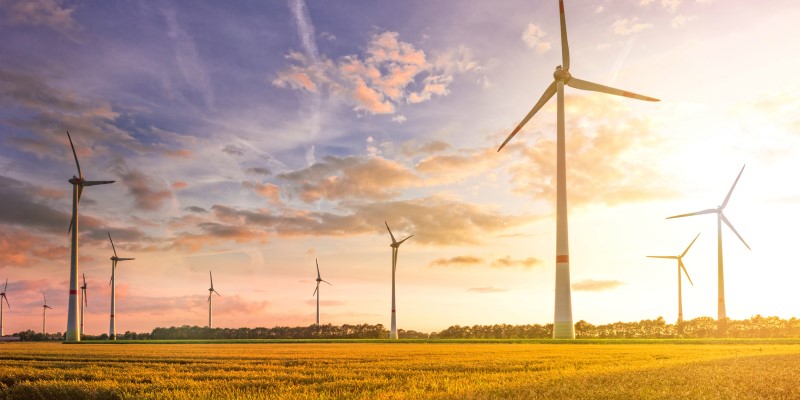
As of the end of 2015, world wind turbine capacity is approximately 428 GW (428 billion watts). In the U.S. and Puerto Rico alone, there was nearly 66 GW of wind capacity generated by roughly 46,000 operational turbines in 2014. During the last decade there has been a more than seven fold increase in wind power generation in the U.S.
General Electric (GE) turbines account for more than 40 percent of U.S. installed wind capacity. Along with manufacturers Vestas and Siemens, these three companies account for roughly three-quarters of all wind power installed in the U.S. The leading turbine designs from these manufactures have extensive experience in the U.S. and around the world. For example, through 2014, the GE 1.5 MW family of turbines has accumulated more than 92,000 turbine-years of experience in the U.S. alone. The Siemens 2.3 MW family of turbines and the Vestas 1.65 MW and 1.8 MW turbines have accumulated more than 25000,14,000, and 10,000 turbine-years of experience respectively. In New York alone, operating wind farms have accumulated more than 4,000 turbine-years of experience with GE turbines, and more than 2,300 turbine-years of experience with Vestas turbines.
Even newer models, such as the GE 2.5 MW family of turbines that has been proposed for use at the first wind farm proposed in Tompkins County, has significant operating experience. For example, the North and South Hurlburt Wind Farms and the Horseshoe Bend Wind Farm in northern Oregon have already accumulated more than 1,250 turbine-years of experience with these turbines. Finally, turbines with larger blades than those so far proposed for use in Tompkins County also have significant operating experience in the U.S. with more than 1,500 turbine-years of operation accumulated to date for wind turbines with blades more than 107 meters in diameter.
While the wind power industry is experimenting all the time with measures to make turbines more efficient and less expensive, this is now a very proven technology.
What is Wind’s Capacity to Contribute to Renewable Energy in the US?
The more than 48,000 wind turbines operating in the U.S. generated enough electricity to power more than 16 million homes and accounted for more than 4.4 percent of all electricity generated by U.S. utilities in 2014. Between 2003 and 2013, wind energy provided nearly 40 percent of all new, net electricity generation capacity installed in the United States. New York is currently home to more than 1,730 MW of wind capacity accounting for nearly three percent of the state's electricity generation.
A report from the U.S. Department of Energy estimates that wind energy could provide up to 20 percent of our nation's electricity by the year 2030, while supporting roughly 500,000 jobs, increasing annual property tax revenues and payments in lieu of taxes by nearly $1.9 billion, generating nearly $800 million in land lease payments, and reducing greenhouse gas emissions by 825 million metric tons (equivalent to removing 180 million or 70 percent of today’s light-duty vehicles from the road).
Do Wind Turbines Bring Environmental Benefits?
Wind turbines produce no greenhouse gas emissions during their operation, produce no waste or water pollution, and do not require water for cooling purposes. Using wind energy to create electrical energy is a significant net positive for the environment. In 2014, wind turbines in the U.S. prevented the emission of roughly 100 million metric tons of CO2 (carbon dioxide) by displacing conventional fossil fuel generation from the U.S. electric sector. This is equivalent to the emissions savings from taking more than 20 million cars off the road in the U.S. In addition, wind power also helped reduce SO2 (sulfur dioxide) emissions (a cause of acid rain and a respiratory human health hazard) in the U.S. by nearly 160,000 metric tons, and reduced NOx (nitrogen oxides) emissions (a cause of smog and acid rain) by more than 93,000 metric tons in 2014. In New York alone, the amount of wind power produced in 2014 was enough to displace nearly 13 million cubic feet of natural gas from the electric sector, equivalent to the natural gas use of nearly 200,000 homes.
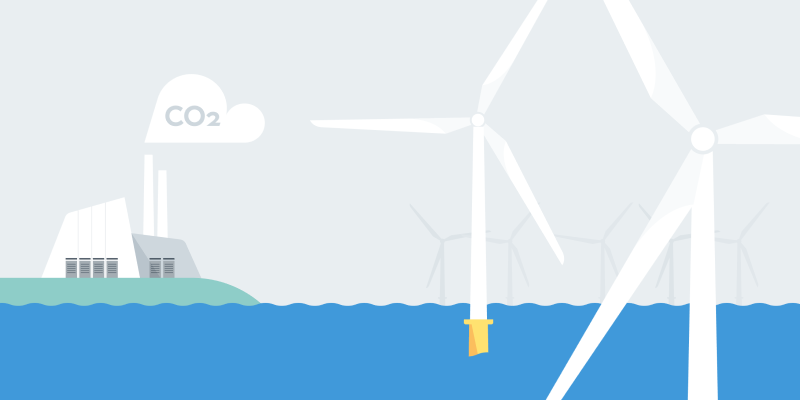
In terms of the life cycle of the turbine, the energy created far exceeds the energy used to make and then, much later, recycle the components. Turbines typically have a useful life of 20-25 years. In the first 6-12 months of operation, depending on the quality of the site's wind resource, a turbine creates as much energy as is used to produce and decommission the turbine. During its lifetime a wind turbine delivers up to 80 times more energy than is used in its production, maintenance and removal. In this regard, wind energy has an even better energy return than solar panels.
Not only does it have environmental benefits, but wind energy also has different impacts on the economy, employment, etc. Click to learn more about the impact of the wind energy industry.
What is the Expected Lifespan of a Wind Turbine?
Wind turbines, on average, have a 20-25-year lifespan. Responsibilities for decommissioning wind turbines are addressed before the wind farm is built. Typically, the developer will post a bond for the cost of decommissioning. If the wind farm is to be decommissioned, the developer will remove the structures and return the land to its previous condition. The bulk of the material used in the turbine, such as the steel for the tower and the metals used in making the magnets inside the generator, will be recycled at the end of their lifecycle.
In contrast, none of the steel and cement used in drilling oil or gas wells is recyclable. However, since the wind resource remains, and infrastructure (roads, transmission, etc.) is already in place, most wind farm developers prefer to “repower” rather than decommission. In repowering, old turbines at the end of their lifespan are replaced with new ones in the same locations.
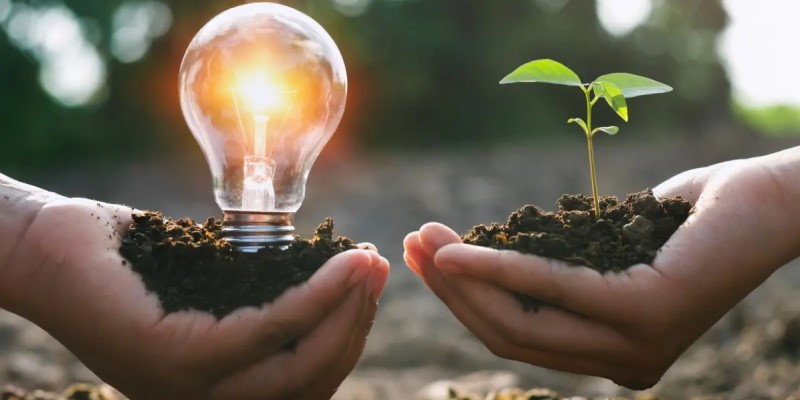
Windustry can help you with everything about wind energy, so if there is anything else you would like to know. We also offer great products at great prices, with a wide range of models and types to choose from if you are interested in buying a home wind turbine. Start your green and low-carbon life by using wind power!
No wind forecast can be 100% accurate. However, the electric grid is designed to quickly compensate for fluctuations in both electricity generation and in demand. Grid operators keep “operating reserves” (backup generators) ready in case demand should spike or a generator should go off-line suddenly. In 2010, the New York State Independent System Operator (NYISO), the company that manages the state’s electric grid, determined that the grid can take on an additional 8,000 MW of wind-generated electricity by 2018, with no increase in operating reserves, and continue to provide reliable service to customers.
How Well-established is Wind Energy Technology?
Commercial wind farms have been in existence for over 35 years. The world’s first commercial scale wind turbine (1 MW) was built and connected to the grid in Vermont in 1941. In the 1970’s NASA began research into large-scale commercial turbines and installed 13 experimental units in Ohio. In 1980, the world’s first commercial wind farm, consisting of 20 turbines was installed in New Hampshire. Today, every state in the United States has an operational wind energy project, a wind-related manufacturing facility, or both.

As of the end of 2015, world wind turbine capacity is approximately 428 GW (428 billion watts). In the U.S. and Puerto Rico alone, there was nearly 66 GW of wind capacity generated by roughly 46,000 operational turbines in 2014. During the last decade there has been a more than seven fold increase in wind power generation in the U.S.
General Electric (GE) turbines account for more than 40 percent of U.S. installed wind capacity. Along with manufacturers Vestas and Siemens, these three companies account for roughly three-quarters of all wind power installed in the U.S. The leading turbine designs from these manufactures have extensive experience in the U.S. and around the world. For example, through 2014, the GE 1.5 MW family of turbines has accumulated more than 92,000 turbine-years of experience in the U.S. alone. The Siemens 2.3 MW family of turbines and the Vestas 1.65 MW and 1.8 MW turbines have accumulated more than 25000,14,000, and 10,000 turbine-years of experience respectively. In New York alone, operating wind farms have accumulated more than 4,000 turbine-years of experience with GE turbines, and more than 2,300 turbine-years of experience with Vestas turbines.
Even newer models, such as the GE 2.5 MW family of turbines that has been proposed for use at the first wind farm proposed in Tompkins County, has significant operating experience. For example, the North and South Hurlburt Wind Farms and the Horseshoe Bend Wind Farm in northern Oregon have already accumulated more than 1,250 turbine-years of experience with these turbines. Finally, turbines with larger blades than those so far proposed for use in Tompkins County also have significant operating experience in the U.S. with more than 1,500 turbine-years of operation accumulated to date for wind turbines with blades more than 107 meters in diameter.
While the wind power industry is experimenting all the time with measures to make turbines more efficient and less expensive, this is now a very proven technology.
What is Wind’s Capacity to Contribute to Renewable Energy in the US?
The more than 48,000 wind turbines operating in the U.S. generated enough electricity to power more than 16 million homes and accounted for more than 4.4 percent of all electricity generated by U.S. utilities in 2014. Between 2003 and 2013, wind energy provided nearly 40 percent of all new, net electricity generation capacity installed in the United States. New York is currently home to more than 1,730 MW of wind capacity accounting for nearly three percent of the state's electricity generation.
A report from the U.S. Department of Energy estimates that wind energy could provide up to 20 percent of our nation's electricity by the year 2030, while supporting roughly 500,000 jobs, increasing annual property tax revenues and payments in lieu of taxes by nearly $1.9 billion, generating nearly $800 million in land lease payments, and reducing greenhouse gas emissions by 825 million metric tons (equivalent to removing 180 million or 70 percent of today’s light-duty vehicles from the road).
Do Wind Turbines Bring Environmental Benefits?
Wind turbines produce no greenhouse gas emissions during their operation, produce no waste or water pollution, and do not require water for cooling purposes. Using wind energy to create electrical energy is a significant net positive for the environment. In 2014, wind turbines in the U.S. prevented the emission of roughly 100 million metric tons of CO2 (carbon dioxide) by displacing conventional fossil fuel generation from the U.S. electric sector. This is equivalent to the emissions savings from taking more than 20 million cars off the road in the U.S. In addition, wind power also helped reduce SO2 (sulfur dioxide) emissions (a cause of acid rain and a respiratory human health hazard) in the U.S. by nearly 160,000 metric tons, and reduced NOx (nitrogen oxides) emissions (a cause of smog and acid rain) by more than 93,000 metric tons in 2014. In New York alone, the amount of wind power produced in 2014 was enough to displace nearly 13 million cubic feet of natural gas from the electric sector, equivalent to the natural gas use of nearly 200,000 homes.

In terms of the life cycle of the turbine, the energy created far exceeds the energy used to make and then, much later, recycle the components. Turbines typically have a useful life of 20-25 years. In the first 6-12 months of operation, depending on the quality of the site's wind resource, a turbine creates as much energy as is used to produce and decommission the turbine. During its lifetime a wind turbine delivers up to 80 times more energy than is used in its production, maintenance and removal. In this regard, wind energy has an even better energy return than solar panels.
Not only does it have environmental benefits, but wind energy also has different impacts on the economy, employment, etc. Click to learn more about the impact of the wind energy industry.
What is the Expected Lifespan of a Wind Turbine?
Wind turbines, on average, have a 20-25-year lifespan. Responsibilities for decommissioning wind turbines are addressed before the wind farm is built. Typically, the developer will post a bond for the cost of decommissioning. If the wind farm is to be decommissioned, the developer will remove the structures and return the land to its previous condition. The bulk of the material used in the turbine, such as the steel for the tower and the metals used in making the magnets inside the generator, will be recycled at the end of their lifecycle.
In contrast, none of the steel and cement used in drilling oil or gas wells is recyclable. However, since the wind resource remains, and infrastructure (roads, transmission, etc.) is already in place, most wind farm developers prefer to “repower” rather than decommission. In repowering, old turbines at the end of their lifespan are replaced with new ones in the same locations.

Windustry can help you with everything about wind energy, so if there is anything else you would like to know. We also offer great products at great prices, with a wide range of models and types to choose from if you are interested in buying a home wind turbine. Start your green and low-carbon life by using wind power!
Post a Comment:
You may also like:

Featured Articles
What Sounds Do Turbines Make?
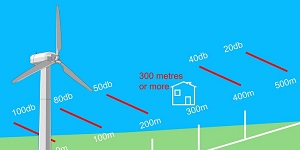 Modern low RPM (Revolutions Per Minute) turbines are very quiet, with sound levels usually below that of typical ambient noise in ...
Modern low RPM (Revolutions Per Minute) turbines are very quiet, with sound levels usually below that of typical ambient noise in ...
 Modern low RPM (Revolutions Per Minute) turbines are very quiet, with sound levels usually below that of typical ambient noise in ...
Modern low RPM (Revolutions Per Minute) turbines are very quiet, with sound levels usually below that of typical ambient noise in ...Does the Sound of Wind Turbines Affect ...
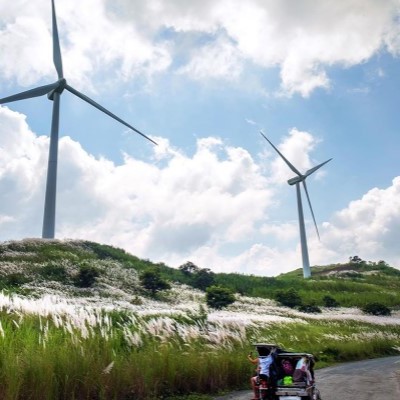 With respect to wind turbine noise, the one adverse impact that is supported by epidemiological data is an association between ...
With respect to wind turbine noise, the one adverse impact that is supported by epidemiological data is an association between ...
 With respect to wind turbine noise, the one adverse impact that is supported by epidemiological data is an association between ...
With respect to wind turbine noise, the one adverse impact that is supported by epidemiological data is an association between ...Is Wind Energy Practical for Me?
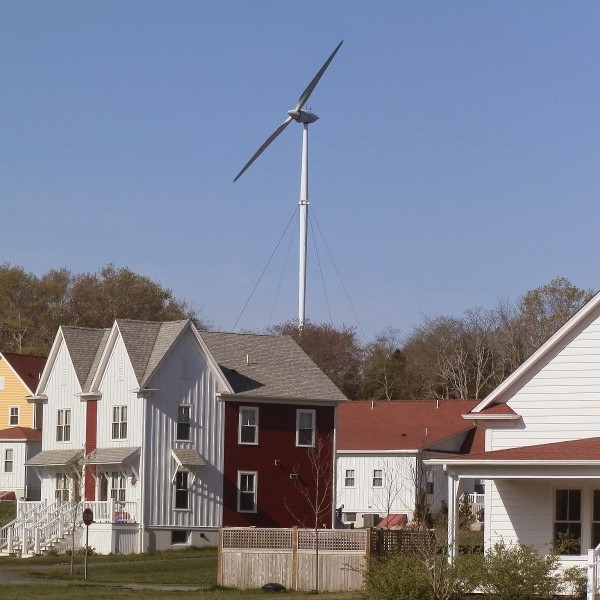 Can I use wind energy to power my home? More people across the country are asking this question as they look for a hedge ...
Can I use wind energy to power my home? More people across the country are asking this question as they look for a hedge ...
 Can I use wind energy to power my home? More people across the country are asking this question as they look for a hedge ...
Can I use wind energy to power my home? More people across the country are asking this question as they look for a hedge ...How Much Energy Will Wind Turbine ...
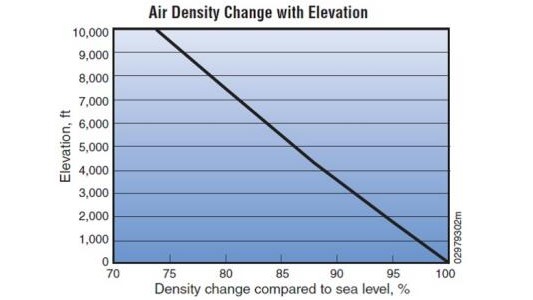 According to the AWEA Small Wind Turbine Performance and Safety Standard, the Rated Annual Energy of a wind turbine for ...
According to the AWEA Small Wind Turbine Performance and Safety Standard, the Rated Annual Energy of a wind turbine for ...
 According to the AWEA Small Wind Turbine Performance and Safety Standard, the Rated Annual Energy of a wind turbine for ...
According to the AWEA Small Wind Turbine Performance and Safety Standard, the Rated Annual Energy of a wind turbine for ...How do Wind Turbines Work?
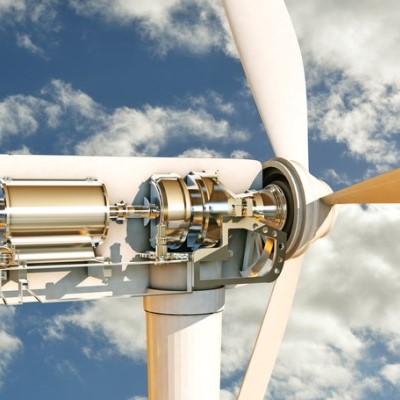 Wind turbines generate electrical power in the same way as all other generation technologies. The only difference is in the ...
Wind turbines generate electrical power in the same way as all other generation technologies. The only difference is in the ...
 Wind turbines generate electrical power in the same way as all other generation technologies. The only difference is in the ...
Wind turbines generate electrical power in the same way as all other generation technologies. The only difference is in the ...